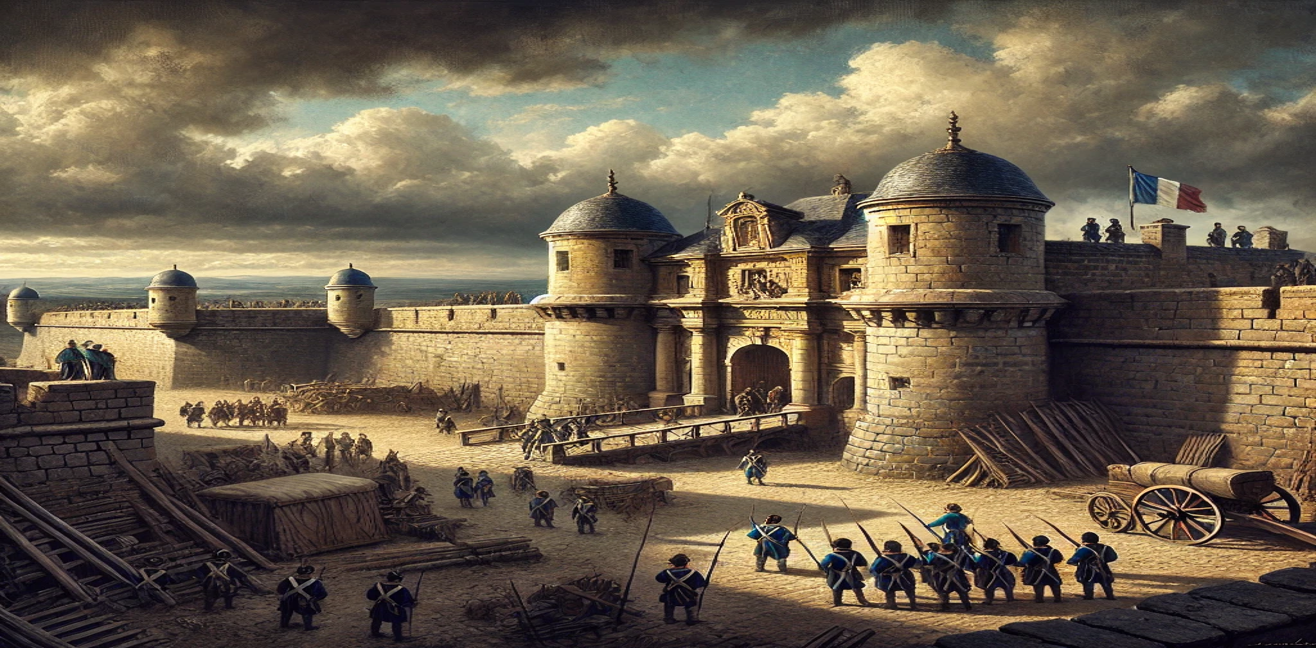Throughout history, humans have developed various strategies to protect themselves and secure their lands. However, sometimes these strategies can change not just the fate of a people, but the entire course of an era. For the French, the Barrière de Ros was one such strategy. Today, it stands as a relic of military ingenuity, largely forgotten, yet still holding a place in history as an example of past strategic thinking.
The Rise of Barrière de Ros: A Quest for Protection and Security
Barrière de Ros was a series of military structures and fortifications built in the late 17th century to protect the northern borders of the French Kingdom. The name itself, which could be translated as “The Barrier of Ros,” referred to a system designed to safeguard one of France’s most vulnerable regions. This area, located along the border with the Netherlands, was frequently exposed to foreign invasions.
During the reign of Louis XIV, France was swept up in a wave of military innovation. One of these innovations was the construction of the Barrière de Ros. This defensive line was not just a military barricade; it became a symbol. It represented the kingdom’s determination to defend its power and protect its lands.
Historical and Strategic Importance
The Barrière de Ros was not simply a wall; it functioned as a barrier, an obstacle. The structures were designed not only to defend against enemies, but also to regulate movement. Over time, these fortifications were used to control the flow of people and goods, limiting travel and trade through certain areas.
This barrier helped control the borders of a specific region, with the goal of preventing invaders from entering deeper into French territory. In military strategy of the time, safeguarding borders was a critical issue, and the existence of Barrière de Ros aimed to eliminate such threats.
Barrière de Ros Today: A Legacy That Endures
Today, the remnants of the Barrière de Ros continue to fascinate historians and archaeologists alike. Few examples of these structures remain intact, but the surviving ruins and documents shed light on how meticulously planned the security strategies of one of the most powerful states of the era truly were.
The historical value of the Barrière de Ros goes beyond just a military precaution. These structures symbolize the deep loyalty to the land, the ruler, and the people of that time. In the modern world, Barrière de Ros is no longer just a wall, a fortress, or a mere barrier. It represents a people’s desire for defense, their resilience in the face of adversity, and their deep love for their land.
Conclusion: Meaning Beyond a Strategy
Barrière de Ros should be considered not only as a military defense line but also as a symbol of a significant historical strategy. Under the government of Louis XIV, the French were not only defending their land but also demonstrating their determination to protect their people to the world. Therefore, Barrière de Ros was not merely a military obstacle but a representation of the strength and sovereignty of the French Empire.
Even though only remnants of the Barrière de Ros remain today, the traces left behind reveal how deeply thought-out and strategic the defense plans of that era were. This barrier continues to serve as a reminder, holding value for both historians and the French people alike.




